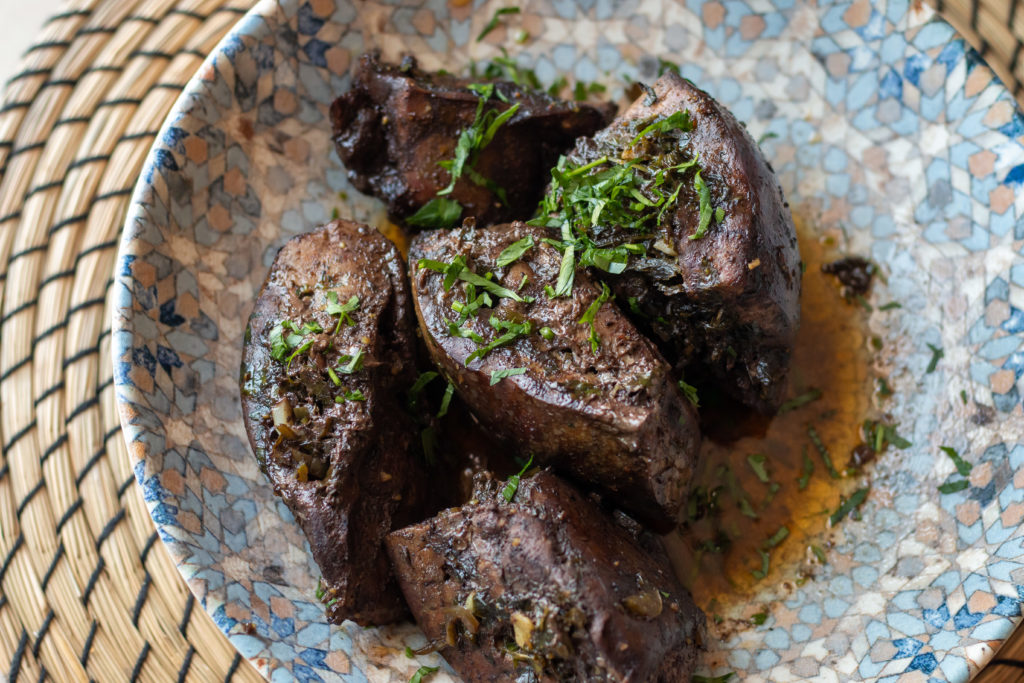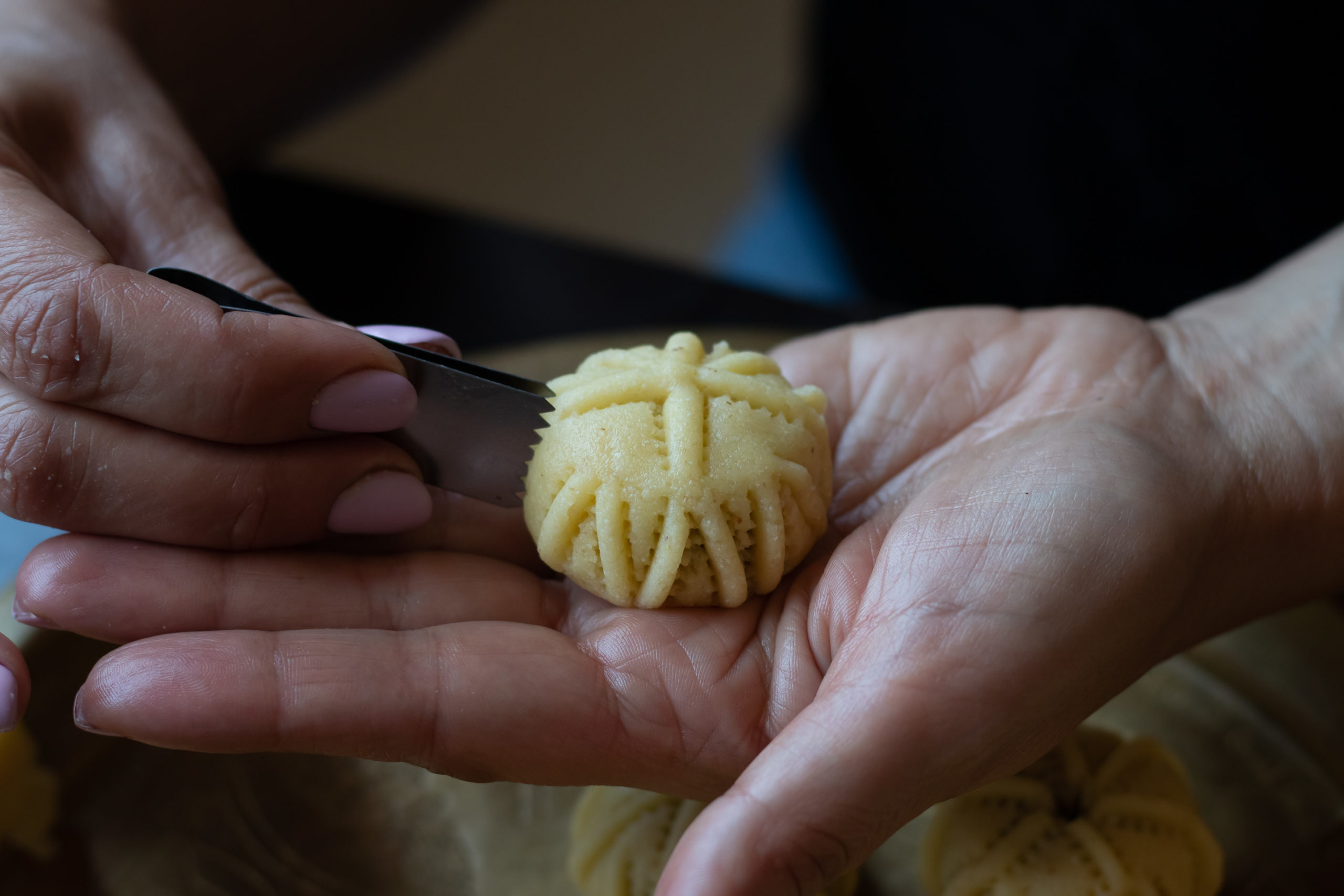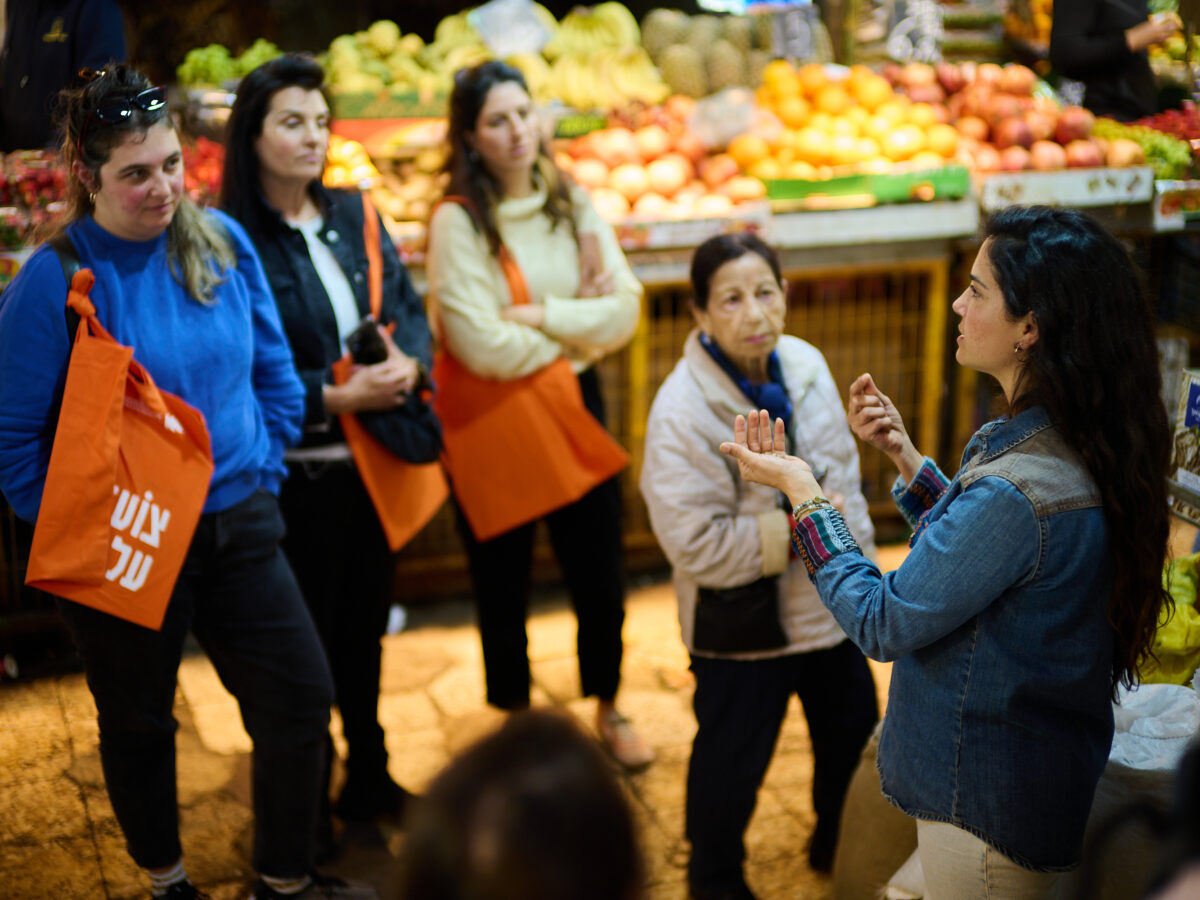Eid al-Adha, also called Eid al-Kabir or “the big holiday,” is one of the two major holidays of Islam (the other is Eid al-Fitr, celebrated at the end of the month-long fast of Ramadan). It marks the willingness of prophet Ibrahim (Abraham) to sacrifice his son to God, and the replacement of the human sacrifice with a lamb sent by God, a story parallel to the binding of Isaac in the book of Genesis. The holiday thus symbolizes sacrifice, rejection of sin, purity of the heart and spiritual cleansing.

The custom of Hajj, the religious pilgrimage to Mecca, reaches its peak around this time. All Muslims must carry out five religious duties in their lifetime, one of which is the pilgrimage to Mecca in Saudi Arabia, the holiest city in Islam. In addition, Muslims worldwide traditionally slaughter a halal animal (meat prepared in accordance with Islamic dietary law; usually a lamb, cow, goat or camel) and divide it into three equal parts — one consumed by the family, the second served as a present to family and friends, and the third part is donated to the poor.

Druze in Israel and abroad also celebrate Eid al-Adha. The ten days before the holiday are exceptionally important in the community and devout people pray every day, some also fasting to purify their bodies and souls. On the tenth and holiest day, al-waqfa al-kabira, Druze do not work nor drive. Although it coincides with the Muslim Eid al-Adha, the Druze holiday’s significance is different and related to the coming of the Druze messiah at the end of time.
Date and Preparations
Eid al-Adha begins of the tenth day of Dhu al-Hijjah, the final month of the Islamic year, and lasts for four days. As Muslim holidays are celebrated according to the lunar Hijri calendar, the holiday falls about ten days earlier each year, thus “migrating” over the different months of the year.

Excitement and preparations begin on the first day of the month with shopping for new clothes, house cleaning, garden grooming, and market visits to stock up on the sweets, as well as fruit and nuts used to decorate holiday tables.
On the ninth day, called the Day of Arafah, pilgrims to Mecca fulfill the most important part of the Hajj pilgrimage, standing on Mount Arafat. It is considered the holiest day in Islam, in which God forgives all past sins. For this reason, many Muslims around the world fast from sunrise to sundown in order to cleanse themselves and get closer to God. In the evening, feasts resembling those of Ramadan are held, with a wide variety of food, baked goods and salads, although this evening is not associated with any particular traditional dish.
Customs and Food
The blessings for the holiday are “Eid al-Adha mubarak” (have a blessed Eid al-Adha), and “kul am wa antum bikhair” or “kul sana wa intu salmeen!” (may you be in good health all year long). On the holiday, the tradition is to pay visits to family and relatives and exchange gifts. The men must visit all the women in their family — a man will visit his mother, daughters, sisters, aunts and nieces. For children, it is an opportunity to increase their savings, as the lady of the house gives out money to all children visitors. In the past, circuses and traveling festivals would arrive, and today music shows and theater performances are held in cities and villages.
On the last day of the holiday, the first pilgrims begin returning home from Mecca, and houses are decorated with lights, palm branches, and flowers to greet them. In the past, the pilgrimage was done on the back of horses and camels, and the journey was subject to many difficulties and dangers, lasting a whole month. Therefore, the return from the Hajj was marked with ceremonies including singing and dancing, in gratitude for the successful journey. Today it is much safer and faster to arrive to Mecca, yet the excitement and happiness over the return of the pilgrims remains the same.
There is no single dish associated with the holiday across the entire Muslim world, yet all holiday dishes involve plenty of meat, as a necessary result of the ritual animal sacrifice. In Egypt, the traditional dish is fatteh, toasted flatbread with rice and meat cooked in tomato sauce, in the Emirates it is harees, a slow-cooked stew of meat with wheat, in Saudi Arabia the traditional dish is khamis, a meat confit and kabsa, a meat and rice dish. In Morocco, the holiday is celebrated with boulfaf, liver grilled in fat, and in Tunisia with bouzelouf, cooked head meat.

In Israel, the custom is to serve offal, usually from lamb, for an early lunch. The reason for this was practical — as freshly slaughtered meat requires some time before serving, offal is cooked first. It is roasted in the tabun (clay oven), confit in fat, stuffed with herbs or eaten as hashweh – offal served on rice with pine nuts and almonds. Grilled meat dishes will only be served for the crowded family dinners.
Date cookies are also a typical holiday food. The sweet fruit is used in ma’amoul, intricately-decorated cookies filled with nuts and or dates. Dates, along with sesame seeds, are also used as a filling in ka’ak, a circle-shaped cookie sometimes referred to as “ring” or “bracelet” cookies. Today, dates are replaced with chocolate in some recipes.



